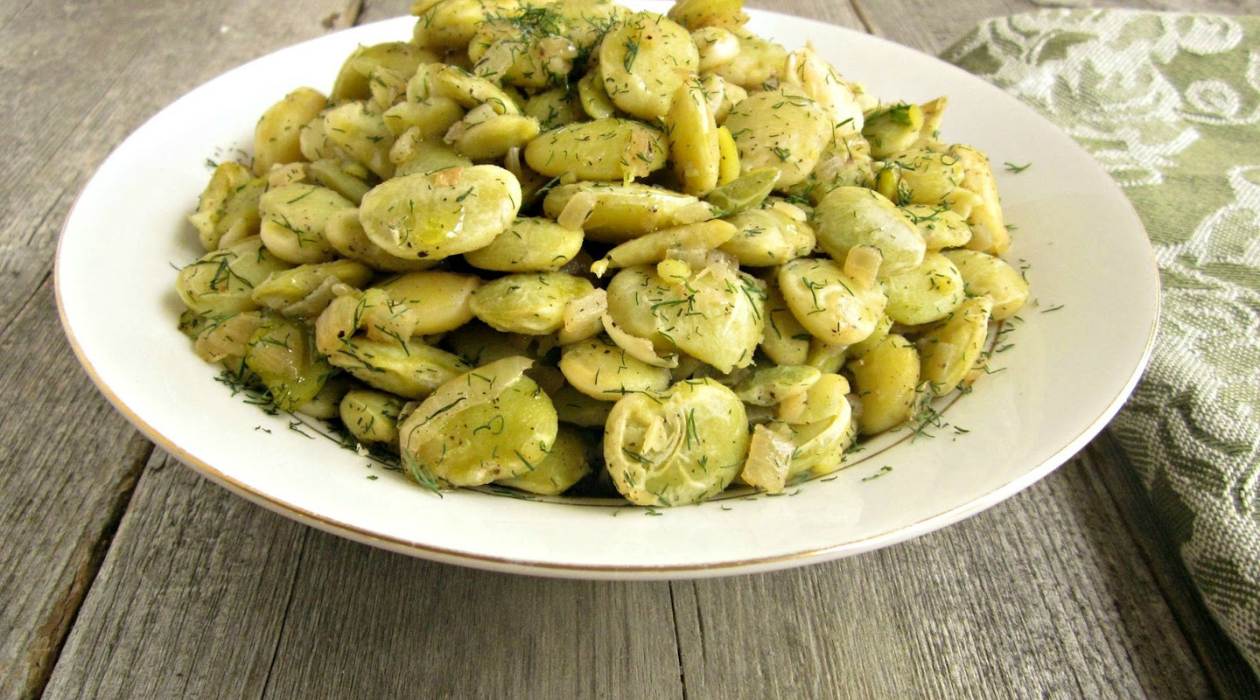

Articles
How To Store Lima Beans
Modified: December 7, 2023
Looking for articles on how to store lima beans? Discover useful tips and techniques for properly storing lima beans to maintain freshness and quality.
(Many of the links in this article redirect to a specific reviewed product. Your purchase of these products through affiliate links helps to generate commission for Storables.com, at no extra cost. Learn more)
Introduction
When it comes to pantry staples, lima beans are a versatile and nutritious option. These beans are not only packed with protein and fiber, but they are also rich in essential vitamins and minerals. Whether you have a surplus of fresh lima beans from your garden or you want to stock up on dried lima beans for future use, proper storage is essential to maintain their quality and flavor.
In this article, we will guide you through the process of storing lima beans to ensure their freshness and longevity. We will explore the benefits of storing lima beans, discuss proper cleaning and drying techniques, recommend suitable airtight containers, and provide guidance on storage locations and conditions. Additionally, we will cover the shelf life of lima beans, how to check for spoilage, and offer tips for using stored lima beans effectively.
By adhering to the proper storage methods outlined in this article, you can enjoy the convenience of having lima beans readily available for your favorite recipes all year round. Let’s jump in and discover how to store lima beans the right way!
Key Takeaways:
- Properly storing lima beans ensures year-round availability, cost savings, and culinary convenience. Follow cleaning, drying, and storage guidelines to enjoy this versatile ingredient in various dishes.
- Regularly check stored lima beans for spoilage, plan meals in advance, and experiment with different cooking methods and flavor combinations. Embrace the benefits of long-term availability and culinary creativity.
Read more: How To Store Fresh Lima Beans
Benefits of Storing Lima Beans
Storing lima beans properly offers several benefits that make it worth the effort. Here are some key advantages of storing lima beans:
- Long-Term Availability: By storing lima beans, you can ensure a year-round supply of this nutritious ingredient. Whether you have an abundant harvest or find a great deal on dried lima beans, storing them allows you to enjoy their goodness even when they are out of season.
- Cost Savings: Buying lima beans in bulk or during a sale and storing them can help you save money in the long run. Instead of purchasing lima beans at higher prices when they are not readily available, you will have a stockpile on hand at a fraction of the cost.
- Convenience: Storing lima beans allows you to have this versatile ingredient readily available whenever you need it. You won’t have to make last-minute trips to the grocery store or compromise on the freshness and quality of the beans.
- Customization: When you store lima beans, you have control over the quantity and packaging. You can portion them out according to your meal plans or preferences, making it easier to prepare meals without waste.
- Emergency Preparedness: In times of emergencies or natural disasters, having a supply of stored lima beans can prove to be invaluable. They are a great source of sustenance and can contribute to your overall food security.
These benefits highlight the advantages of properly storing lima beans. Whether you grow your own, buy them in bulk, or simply enjoy the convenience of having a backup supply, storing lima beans is a wise choice for any kitchen.
Proper Cleaning and Drying Techniques
Before storing lima beans, it is important to ensure they are clean and properly dried. This will help prevent the growth of mold or bacteria during storage. Here are some guidelines to follow:
- Inspect and Sort: Begin by inspecting the lima beans, discarding any that are discolored or damaged. Sort through the beans to remove any small stones, debris, or foreign matter that may have gotten mixed in.
- Rinse: Rinse the lima beans under cool running water to remove any dirt or residue. You can use a colander or sieve for easy rinsing.
- Soak (optional): Soaking dried lima beans overnight can help soften them and reduce cooking time. If you choose to soak the beans, make sure to discard the soaking water and rinse them again before drying.
- Drying: Properly drying the lima beans is crucial to prevent moisture-related issues during storage. Spread the cleaned beans out on a clean kitchen towel or paper towels in a single layer. Allow them to air dry completely for several hours or until they are no longer damp to the touch.
It is important to note that if you are storing fresh lima beans, they should be blanched in boiling water for a couple of minutes before the drying process. This helps to stabilize the enzymes and maintain the quality of the beans.
By taking the time to clean and dry the lima beans properly, you can ensure that they are free from contaminants and ready for long-term storage.
Airtight Containers for Storage
Choosing the right containers for storing lima beans is essential to maintain their freshness and protect them from moisture, pests, and air exposure. Here are some options to consider:
- Glass Jars: Glass jars with airtight lids are an excellent choice for storing lima beans. They are durable, easy to clean, and do not transfer any odors or flavors to the beans. Opt for jars with rubber gaskets or silicone seals to ensure a tight seal.
- Plastic Containers: Food-grade plastic containers with airtight lids are another viable option. Look for containers that are specifically designed for long-term food storage and have a reliable seal. It is crucial to choose BPA-free containers to avoid any potential contamination.
- Vacuum-Sealed Bags: Vacuum-sealed bags are ideal for storing a large quantity of lima beans. They remove the air from the bags, reducing the risk of spoilage and extending the shelf life. Use a vacuum-sealing machine for optimal results.
- Mylar Bags: Mylar bags are made of a sturdy material that provides an excellent barrier against light, oxygen, and moisture. They are commonly used for long-term storage of dried goods, including lima beans. Secure the bags with a heat-sealer or use ziplock-style Mylar bags for easy access.
Regardless of the container you choose, ensure that it is clean, dry, and free from any lingering odors. Label the containers with the storage date to keep track of the freshness.
Remember, when transferring lima beans from their original packaging to airtight containers, it is important to handle them gently to avoid damaging the beans.
Properly storing lima beans in airtight containers will help maintain their quality and extend their shelf life, allowing you to enjoy them for longer periods.
Storage Locations and Conditions
The storage location and conditions play a vital role in preserving the quality and longevity of lima beans. Here are some factors to consider when choosing a storage spot:
- Cool and Dry: Lima beans should be stored in a cool, dry place away from direct sunlight, heat sources, and moisture. Exposure to light and heat can lead to nutrient degradation and loss of flavor. The ideal temperature for storing lima beans is around 50 to 70 degrees Fahrenheit (10 to 21 degrees Celsius).
- Avoid Humidity: High humidity can cause lima beans to become damp, resulting in mold growth. Choose a storage area with low humidity levels to prevent moisture-related issues. If you live in a humid climate, consider using dehumidifiers or desiccant packs in your storage area to reduce moisture.
- Avoid Freezing: While lima beans can be stored in the freezer, it is not recommended for long-term storage. Freezing can affect the texture and flavor of the beans. If you do choose to freeze lima beans, blanch them before freezing to help preserve their quality.
- Pest Prevention: To protect lima beans from pests, ensure that the storage area is clean and free from any signs of infestation. Consider using insect-proof containers, such as glass or hard plastic, or adding pantry pest deterrents like bay leaves or garlic cloves near the beans to repel insects.
It is important to regularly inspect the storage area for any signs of moisture, pests, or spoilage. If you notice any issues, promptly address them to prevent further damage to the lima beans.
By selecting an appropriate storage location and maintaining the optimal conditions, you can extend the shelf life of lima beans and keep them in the best possible condition for future use.
After drying the lima beans thoroughly, store them in an airtight container in a cool, dark place to maintain their freshness and flavor for an extended period.
Read more: How To Germinate Lima Beans Indoors
Shelf Life of Lima Beans
The shelf life of lima beans can vary depending on whether they are fresh or dried. Here are some guidelines on the shelf life of both types:
- Fresh Lima Beans: Fresh lima beans have a relatively short shelf life. When stored in the refrigerator, they can stay fresh for about 3 to 5 days. It is important to keep them in a breathable container or perforated plastic bag to prevent moisture buildup and extend their freshness.
- Dried Lima Beans: Dried lima beans have a significantly longer shelf life compared to fresh ones. When stored properly in airtight containers in a cool, dry place, dried lima beans can last for up to 2 years. However, it is important to note that the flavor and texture may start to deteriorate after a year, so it is best to consume them within that time frame.
It is essential to regularly check the beans for any signs of spoilage, such as mold, insect infestation, or off-putting odors. If you come across any of these indications, it is best to discard the beans to ensure food safety.
Additionally, it’s worth noting that the shelf life of lima beans can be extended by freezing them. By properly packaging the beans in airtight containers or freezer bags, they can last for up to 1 year in the freezer without a significant loss in quality.
Remember, these are general guidelines, and the shelf life of lima beans can vary based on storage conditions and quality. Always use your judgment and sensory evaluation to determine if the beans are still suitable for consumption.
By understanding the expected shelf life of lima beans, you can plan your storage accordingly and ensure that you consume them before they start to lose their flavor and nutritional value.
Checking for Spoilage and Freshness
Regularly checking the lima beans for spoilage and freshness is crucial to ensure that you are consuming safe and high-quality beans. Here are some signs to look out for:
- Visible Mold: If you notice any fuzzy or discolored patches on the beans, it is a clear indication of mold growth. Mold can be harmful to health, so it is important to discard any beans that show signs of mold.
- Off-putting Odor: Lima beans should have a mild and slightly nutty aroma. If you detect any foul or sour smell, it is likely that the beans have gone bad. Trust your sense of smell and discard any beans with an unpleasant odor.
- Insect Infestation: Check the beans for any signs of insect activity, such as small holes or webbing. Insects, such as weevils or beetles, can infest stored beans and compromise their quality. If you notice any insect infestation, it is best to dispose of the affected beans and check the surrounding storage area for any signs of pests.
- Texture and Appearance: Fresh lima beans should have a firm texture and vibrant color. If the beans appear shriveled, discolored, or have a mushy texture, it is an indication of spoilage. Discard any beans with these characteristics.
- Taste Test: When in doubt, perform a taste test. While cooked lima beans have a creamy and slightly buttery flavor, spoiled beans may taste off or have an unpleasant taste. If the taste seems off, it is best to err on the side of caution and discard the beans.
By regularly inspecting and evaluating the lima beans using these criteria, you can ensure that you are consuming fresh and safe beans. It is important to note that if you have any concerns about the quality or safety of the beans, it is always best to discard them.
Remember, proper storage and regular checks are key to maintaining the freshness and integrity of lima beans for long periods.
Tips for Using Stored Lima Beans
Now that you have properly stored lima beans, it’s time to put them to good use in your culinary creations. Here are some tips for using your stored lima beans:
- Plan Meals in Advance: Take stock of your stored lima beans and plan meals accordingly. Consider incorporating them into soups, stews, salads, casseroles, or even as a standalone side dish. Having a meal plan can help you utilize your stored beans effectively.
- Rehydrate Dried Lima Beans: If you are working with dried lima beans, remember to rehydrate them before cooking. Soaking them in water overnight or using a quick-soak method can soften the beans and reduce cooking time.
- Cooking Methods: Lima beans can be cooked in various ways, such as boiling, steaming, pressure cooking, or slow cooking. Experiment with different cooking methods to find the one that suits your taste preferences and desired texture.
- Flavor Combinations: Lima beans have a mild taste that pairs well with a variety of flavors. Consider adding herbs and spices like garlic, thyme, rosemary, or cumin to enhance the flavor profile. You can also combine lima beans with other ingredients like tomatoes, onions, bell peppers, or bacon for added depth.
- Freeze Cooked Beans: If you find yourself with leftover cooked lima beans, you can freeze them for future use. Portion them out into freezer-safe containers or bags and label them with the date. They can be easily added to soups, stews, or other dishes straight from the freezer.
- Experiment with Recipes: Don’t be afraid to get creative and try new recipes using lima beans. Explore international cuisines or adapt traditional recipes to incorporate this versatile ingredient. From succotash to hummus and everything in between, there are endless possibilities to explore.
Remember, while stored lima beans are a convenient and nutritious ingredient, it’s important to use them within a reasonable time frame to maintain their quality. Regularly check the stored beans for any signs of spoilage, and when in doubt, err on the side of caution and discard any beans that seem questionable.
Enjoy the flavors and versatility that stored lima beans bring to your kitchen, and let your culinary creativity shine!
Conclusion
Properly storing lima beans ensures that you have a convenient and nutritious ingredient at your fingertips whenever you need it. Whether you have fresh lima beans from your garden or dried beans purchased in bulk, following the right storage techniques is essential to maintaining their freshness and preserving their quality.
We explored the benefits of storing lima beans, from long-term availability and cost savings to convenience and emergency preparedness. By properly cleaning and drying lima beans before storage, you can prevent mold or bacteria growth and ensure their longevity.
Choosing the right airtight containers, such as glass jars or plastic containers, helps protect the beans from moisture, pests, and air exposure. Storing lima beans in a cool, dry place away from direct sunlight and high humidity maintains their optimal condition.
Understanding the shelf life of lima beans, whether fresh or dried, enables you to plan their usage accordingly. Regularly checking the beans for spoilage indicators, such as visible mold, off-putting odors, or insect infestation, guarantees that you are consuming safe and high-quality beans.
When it comes to using stored lima beans, planning meals in advance, rehydrating dried beans, and experimenting with different cooking methods and flavor combinations open up a world of culinary possibilities. Freezing cooked beans and exploring new recipes are great ways to make the most of your stored supply.
In conclusion, storing lima beans properly ensures their availability, allows for cost savings, and provides the convenience of having this versatile ingredient at your disposal. By following the recommended storage techniques and making the most of your stored lima beans, you can enjoy their nutritional benefits and delicious taste in a variety of dishes throughout the year.
So go ahead, stock up on lima beans and store them following the guidelines in this article. Take advantage of the benefits, unleash your culinary creativity, and savor the flavors of this versatile legume.
Frequently Asked Questions about How To Store Lima Beans
Was this page helpful?
At Storables.com, we guarantee accurate and reliable information. Our content, validated by Expert Board Contributors, is crafted following stringent Editorial Policies. We're committed to providing you with well-researched, expert-backed insights for all your informational needs.
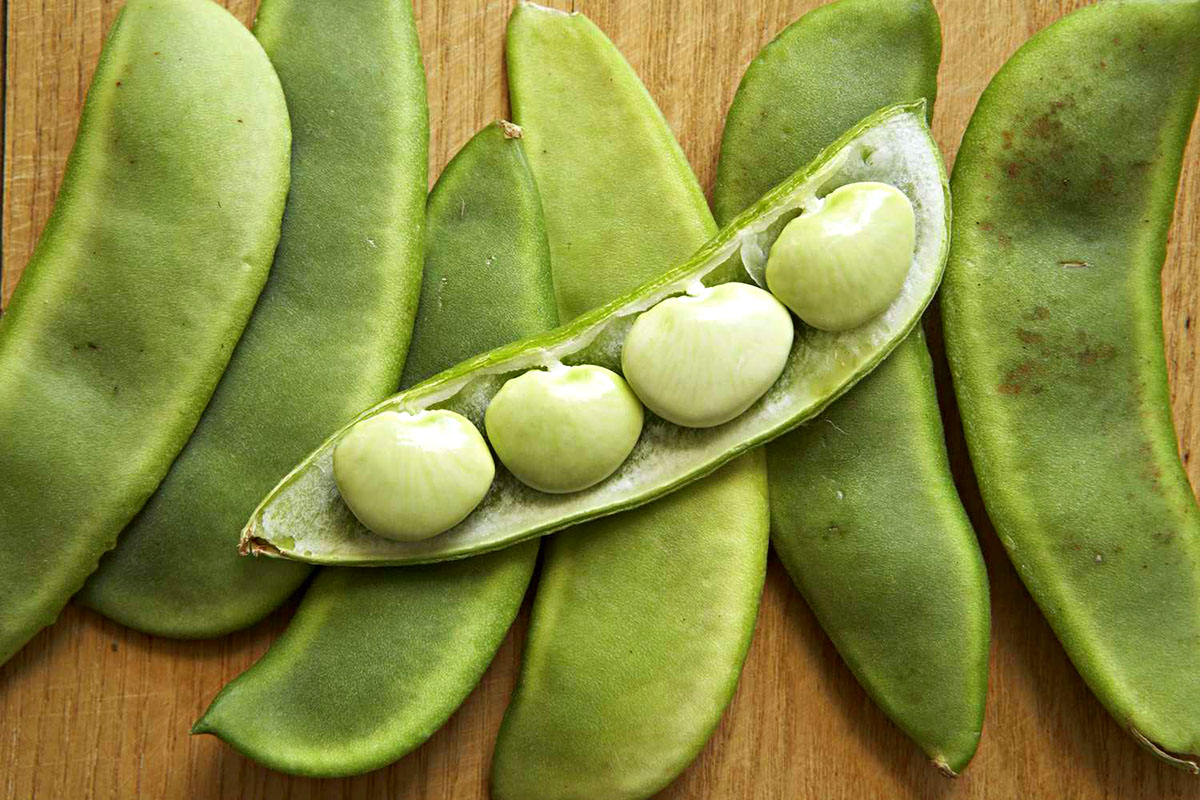
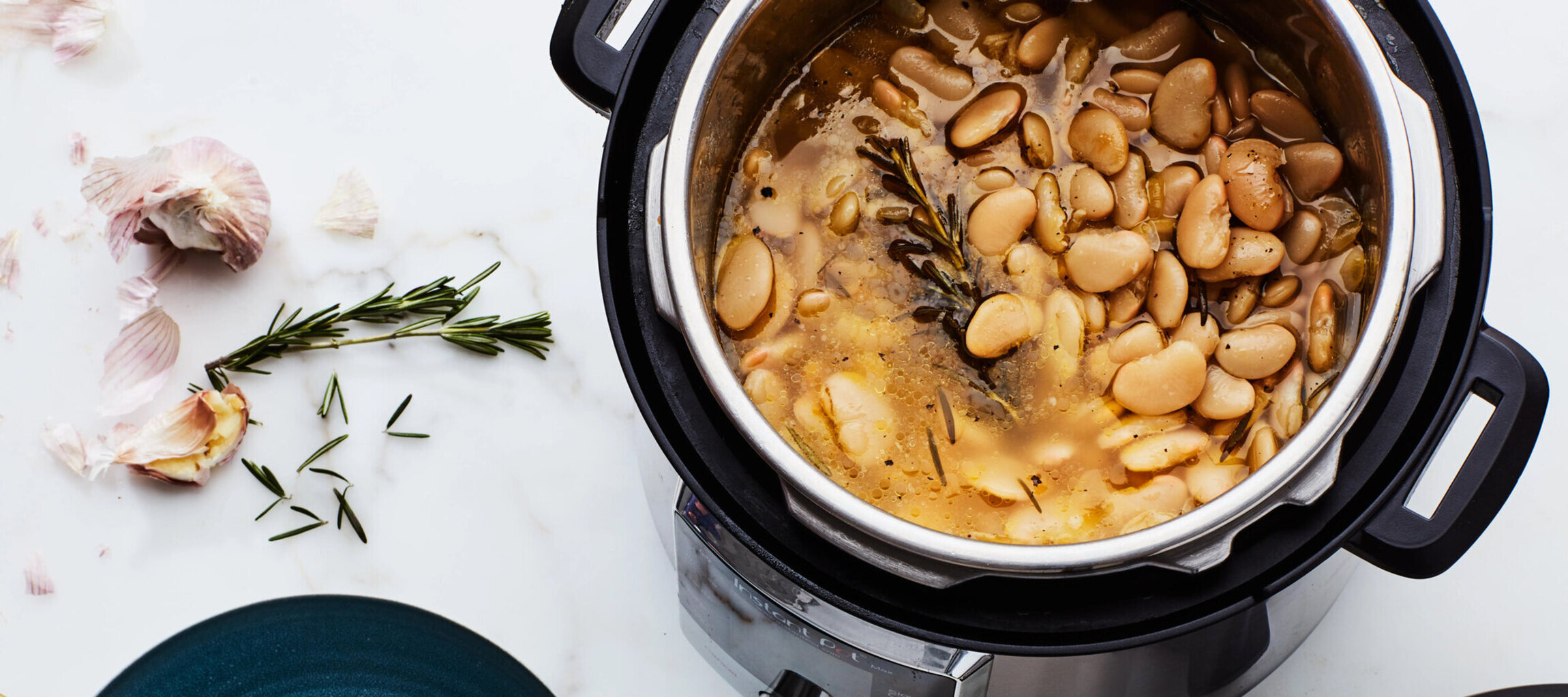
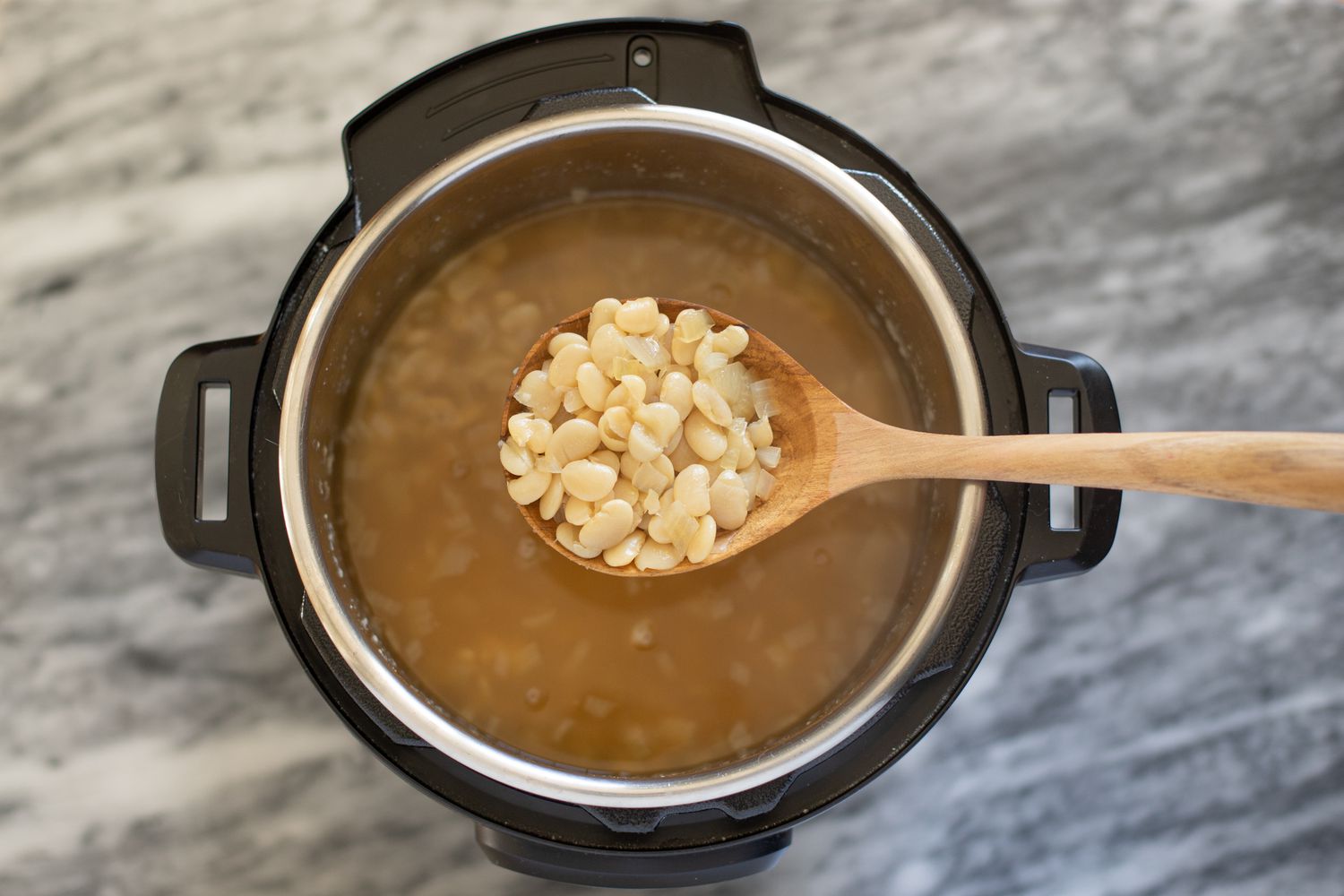
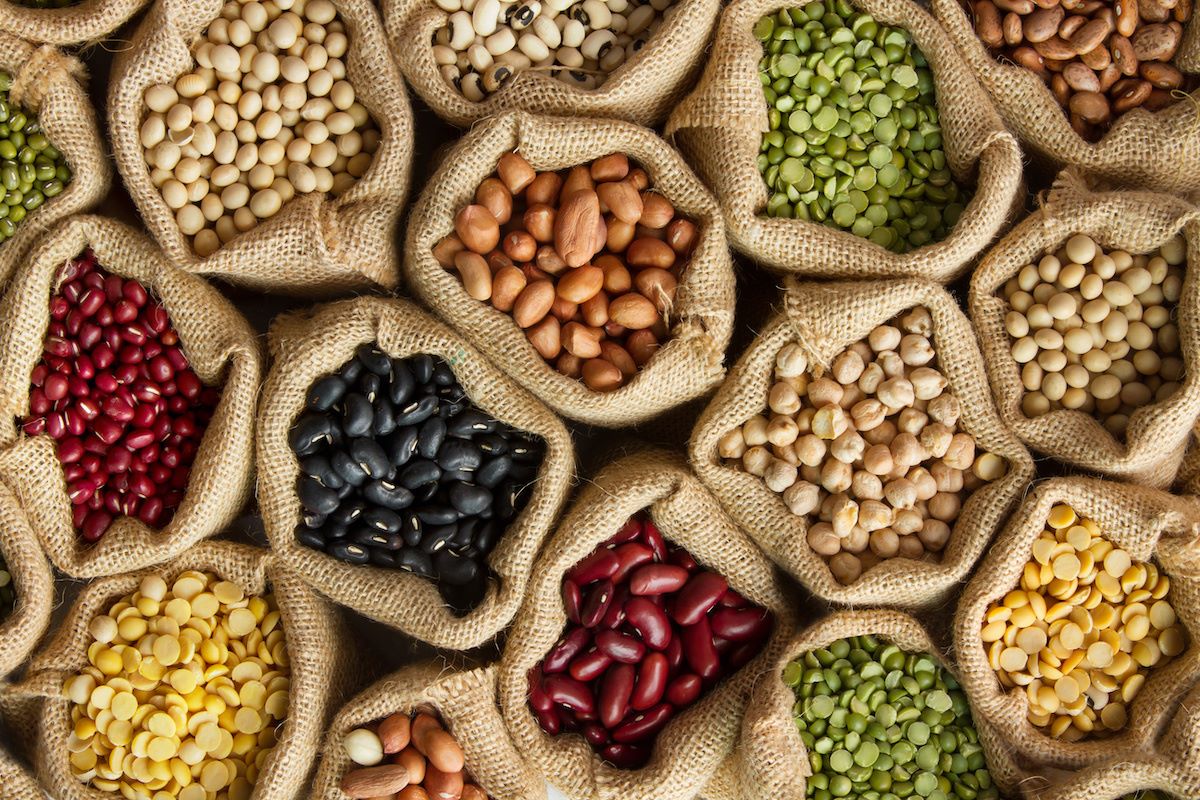
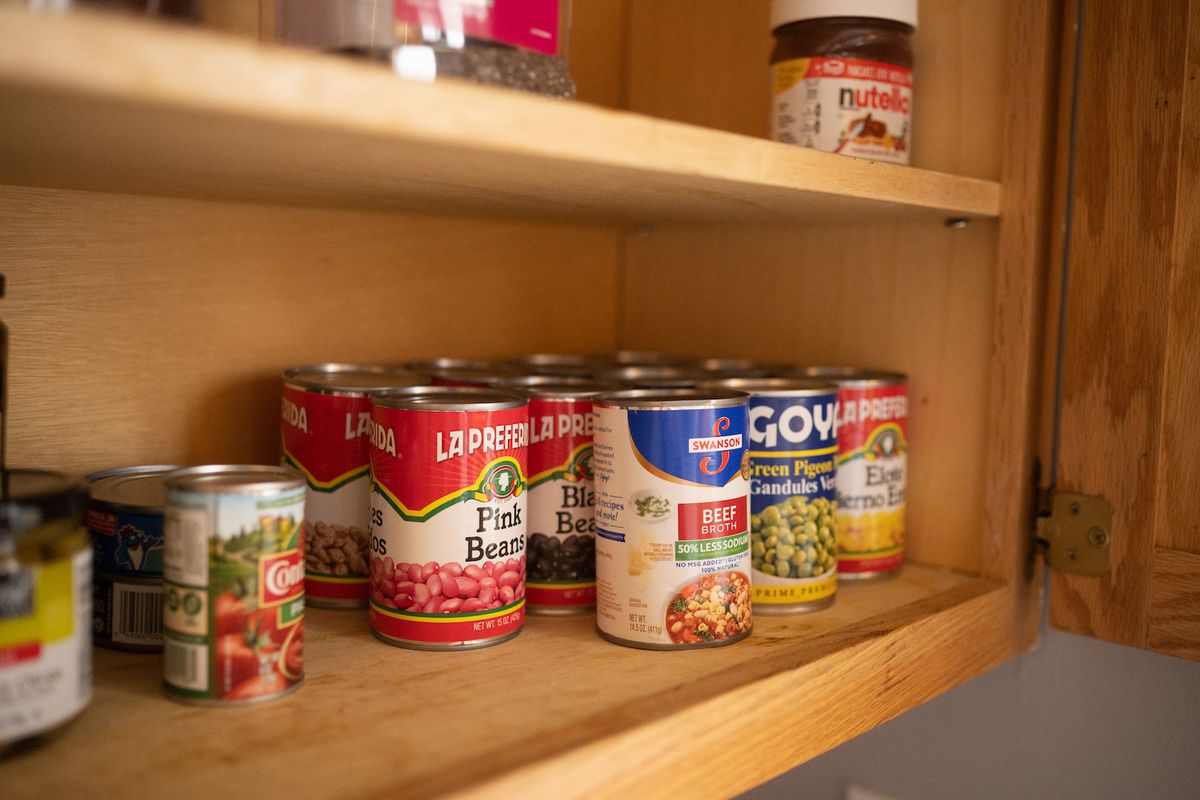
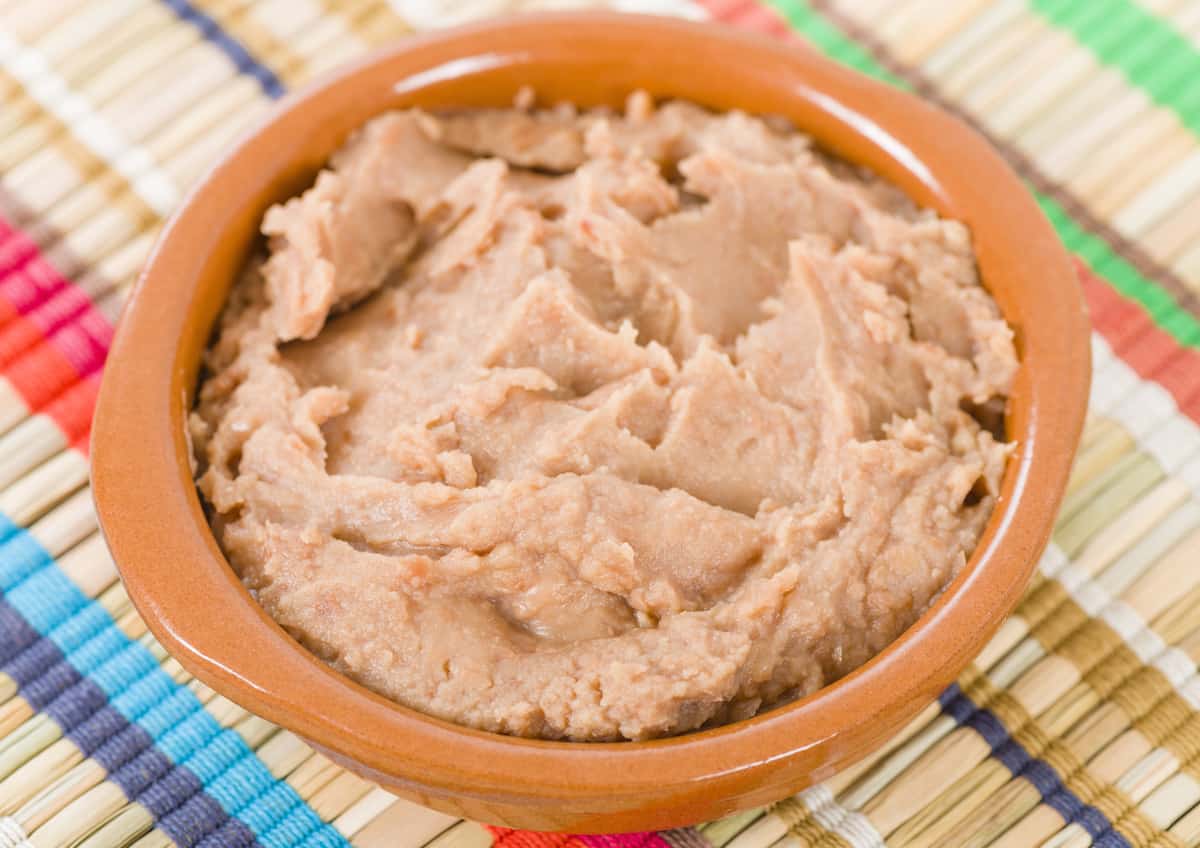

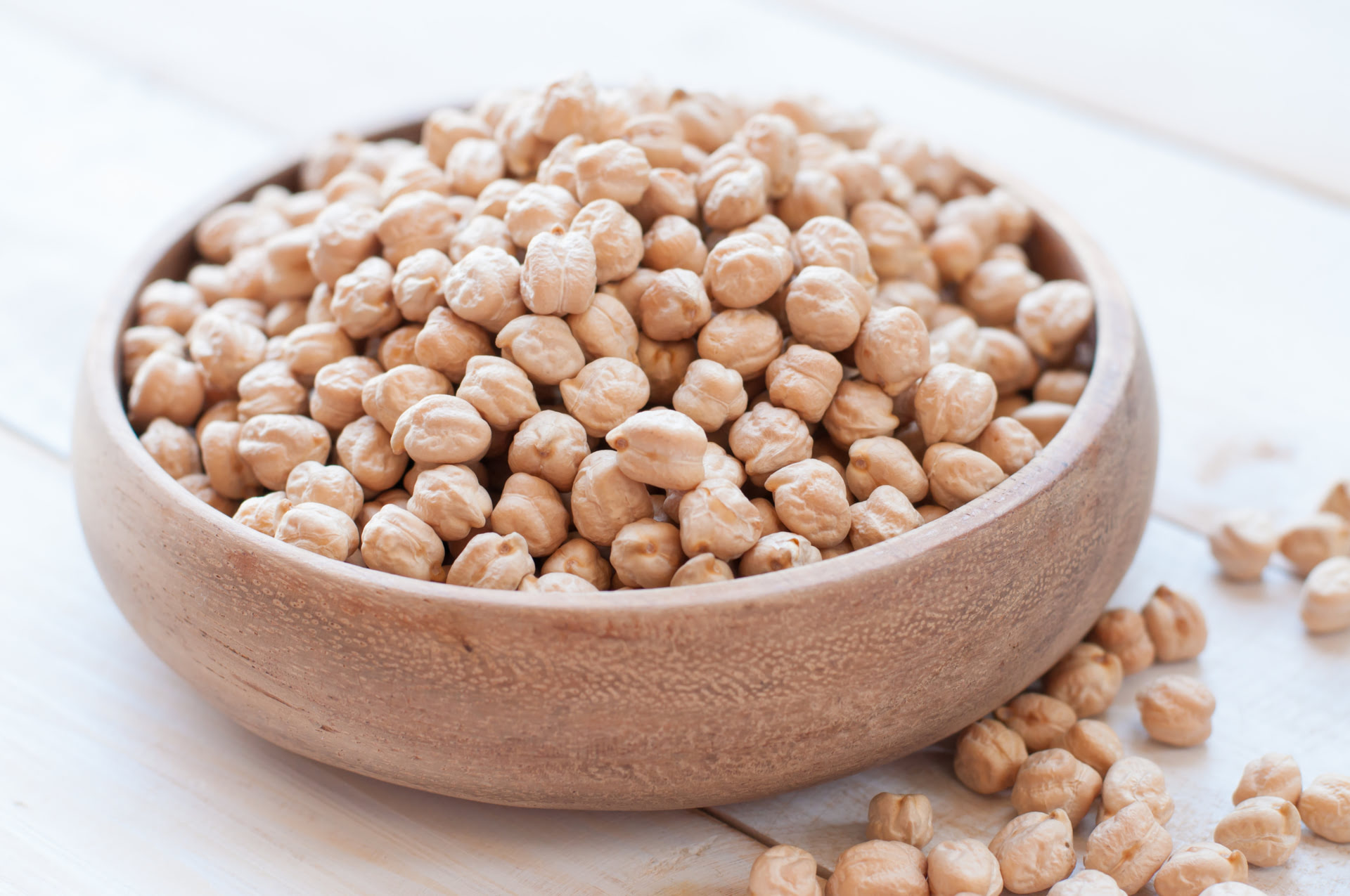

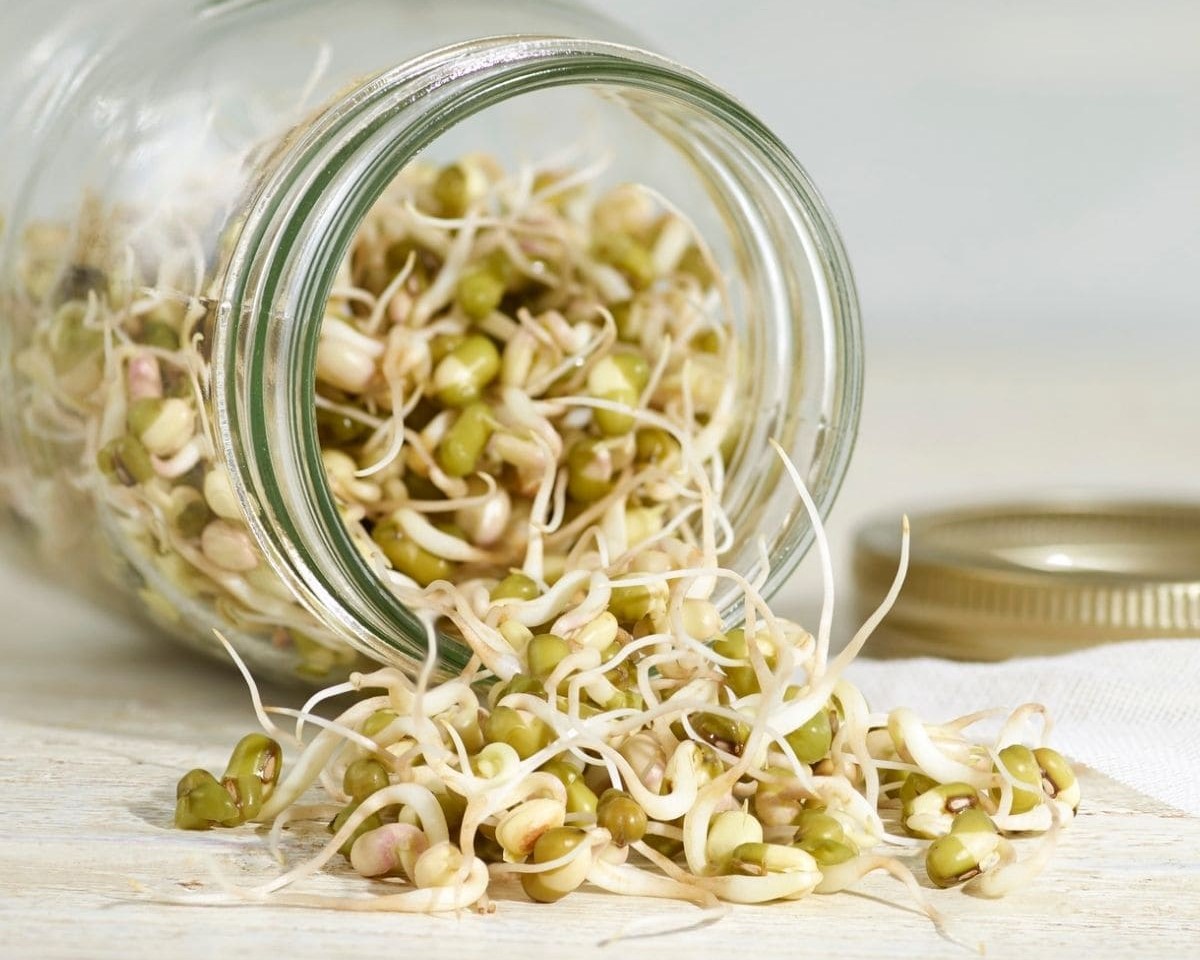
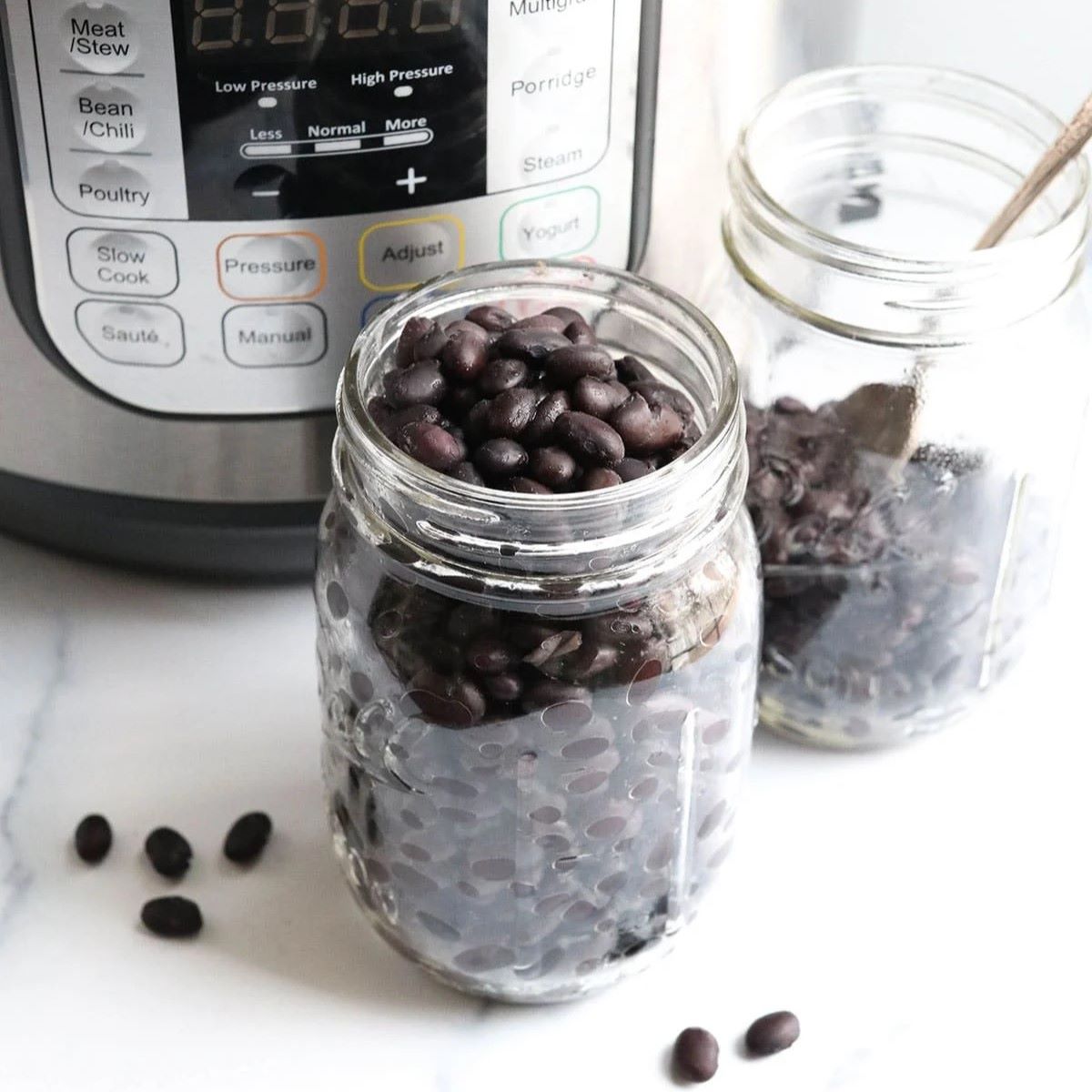
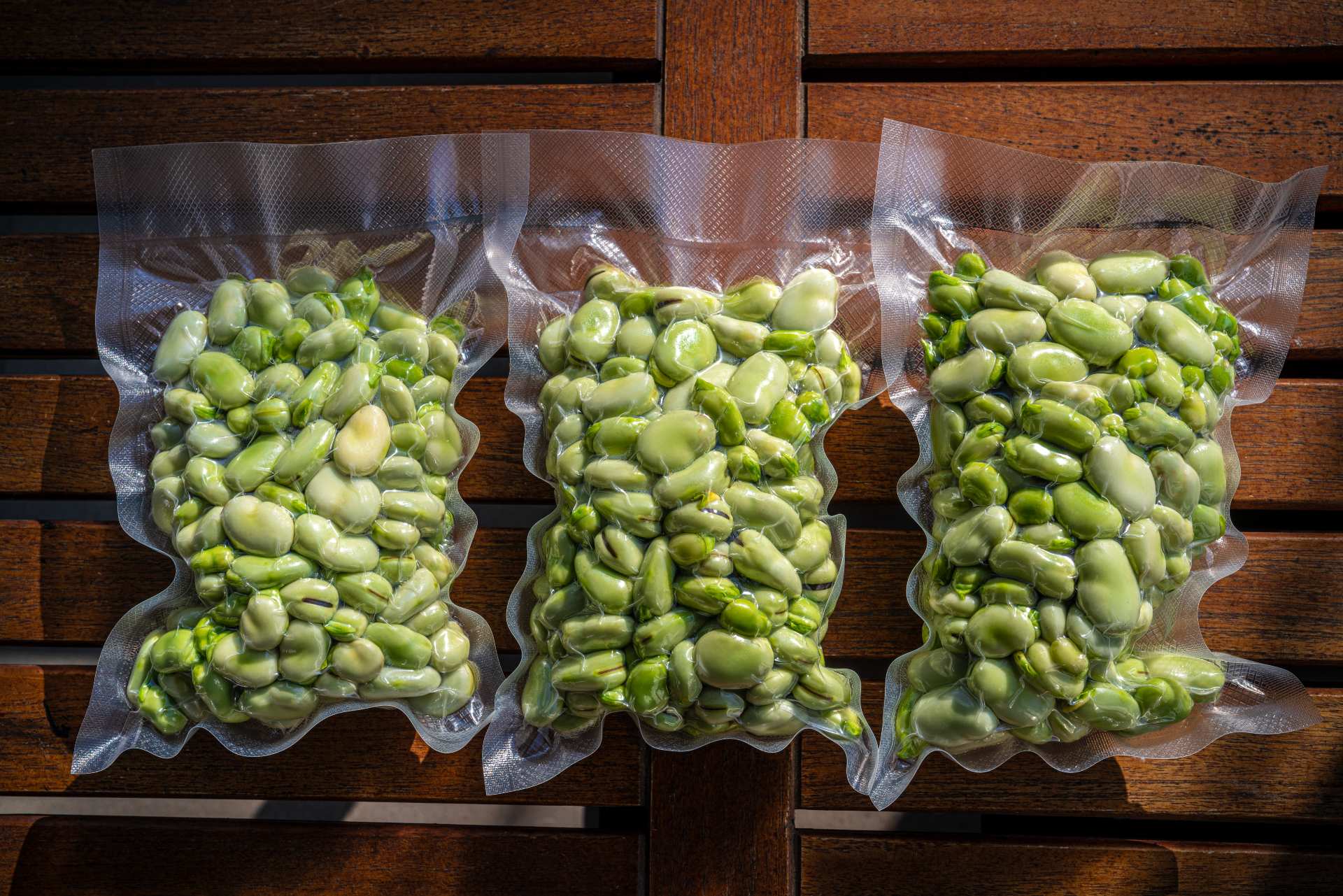

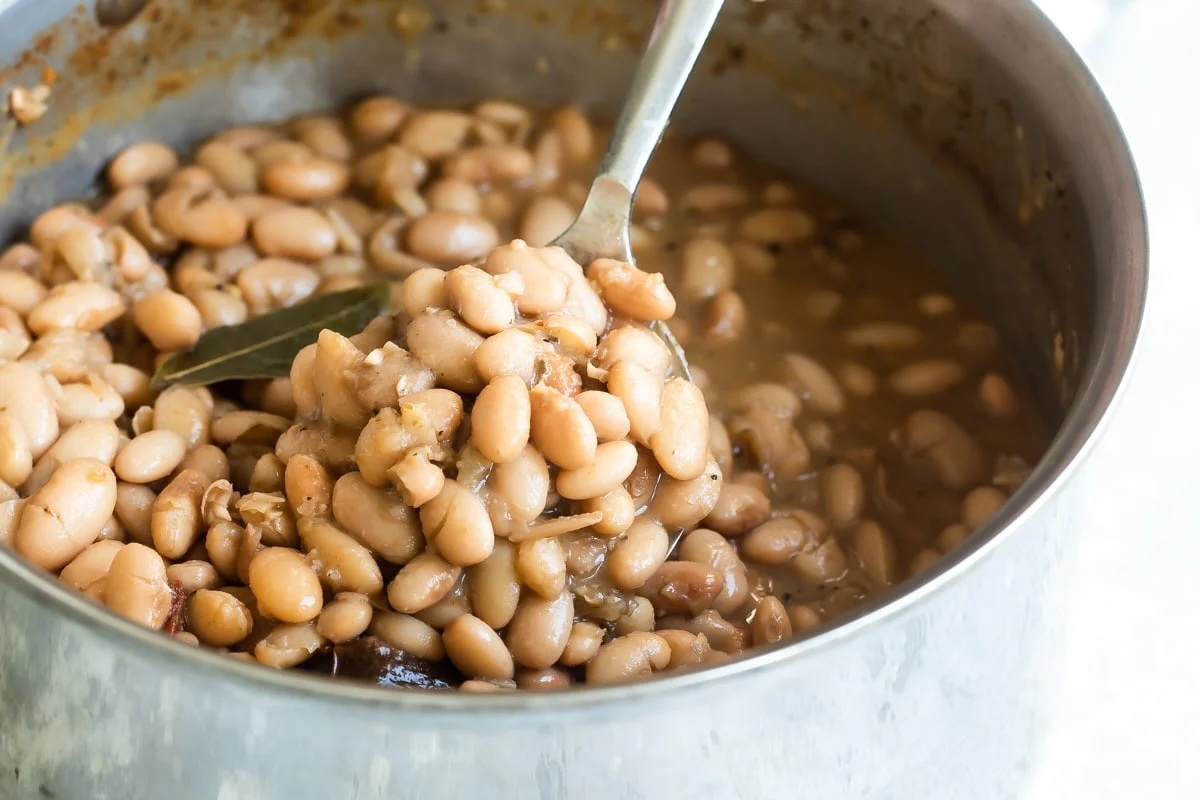

0 thoughts on “How To Store Lima Beans”